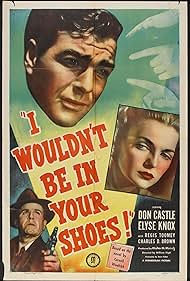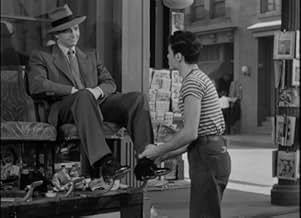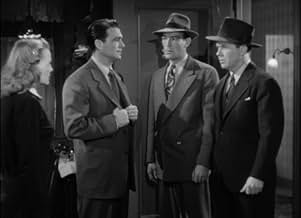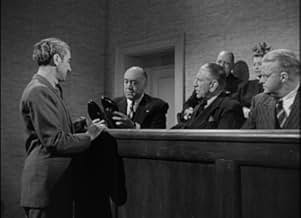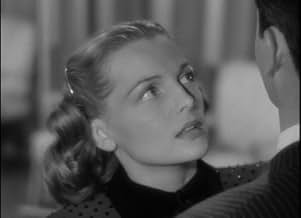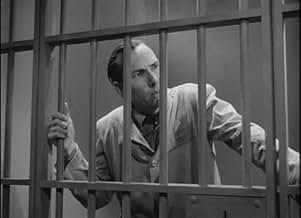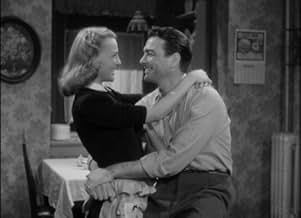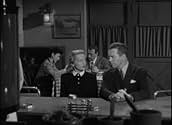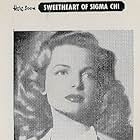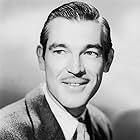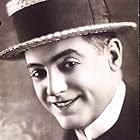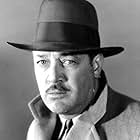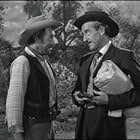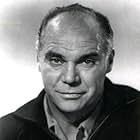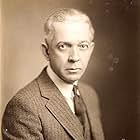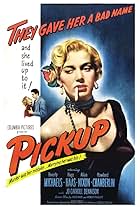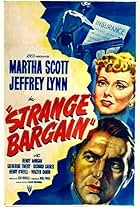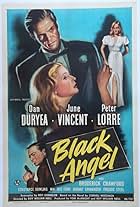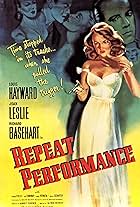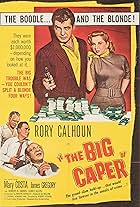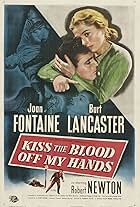A dancer is pinned for murder after his shoe prints are found at the scene of the crime. His wife follows the trail of clues to the genuine killer.A dancer is pinned for murder after his shoe prints are found at the scene of the crime. His wife follows the trail of clues to the genuine killer.A dancer is pinned for murder after his shoe prints are found at the scene of the crime. His wife follows the trail of clues to the genuine killer.
- Tramp
- (uncredited)
- Apartment House Manager
- (uncredited)
- McGee - Apartment Resident
- (uncredited)
- Priest
- (uncredited)
- Death Row Guard
- (uncredited)
- Jury Foreman
- (uncredited)
- Counterman
- (uncredited)
- District Attorney
- (uncredited)
- Shoeshine Boy
- (uncredited)
- Death Row Prisoner #2
- (uncredited)
- Mr. Lake - Quinn's Lawyer
- (uncredited)
- Director
- Writers
- All cast & crew
- Production, box office & more at IMDbPro
Storyline
Did you know
- TriviaI Wouldn't Be in Your Shoes (1948) was based on the novel I Wouldn't Be in Your Shoes by Cornell Woolrich (New York, 1943) with a screenplay by fellow pulp writer Steve Fisher. Woolrich's novel was based on a short story of the same title, which he published under the pseudonym William Irish, in a 1938 issue of "Detective Fiction Weekly."
- GoofsThe whole investigation revolves around finding a shoe impression in the mud outside. The police conclude that the murderer left it, so finding the owner of the shoe means that one finds the murderer. But the impression was outside where anyone could have made that impression, including any number of innocent passers-by who moved on elsewhere, as well as the murderer.
- Quotes
Inspector Stevens: A whole series of coincidences, just like you said the other night.
Ann Quinn: Coincidences? That's how you convicted my husband! He dies tomorrow night. It isn't right a man should die on circumstantial evidence alone. Can't you say anything?
Inspector Stevens: Our hands are tied, Mrs. Quinn.
Ann Quinn: All you're interested in is killing somebody! You don't care who it is, just as long as you kill somebody! Well, it'll be on your conscience, you hear?
- SoundtracksPiano Etude, Op. 10, No. 3 in E major, 'Tristesse'
(uncredited)
Written by Frédéric Chopin
[Played by prisoner #3 on his phonograph]
Next thing, he's hauled in for the murder of a reclusive old miser in the neighborhood. The impression of one of his shoes clinches the conviction (and it doesn't help that he just happened to find a wallet stuffed with the old-style bills the victim hoarded). He's waiting for his execution as the movie opens, and most of the story gets told through flashbacks.
The third major character is a cop, Regis Toomey, who had met Knox at the tango palace and taken a shine to her. Desperate to clear her husband, she feigns reciprocation of Toomey's interest so he'll help her out. Toomey's another example of the obsessive, stalking cop, created by Laird Cregar in I Wake Up Screaming (1942) and reprised by Richard Boone in its remake Vicki (1953). He breaks a new development in the case by finding the tenant of another room within shoe-shot of Castle's, but this proves to be only a rather tasty red herring. As the clock ticks down to midnight and curtains for Castle, Knox stumbles upon the clue that cracks the case....
Many forgotten films from the noir cycle turn out to be just what one might suspect: hackneyed, humdrum crime programmers. But, like Decoy, I Wouldn't Be In Your Shoes surprises by its competence. The dancing couple exude appeal, Toomey and the other cops offer acting rather than shtik, and the plot unfurls with reasonable deftness. It even looks good. As a restoration to the noir canon, it's more than welcome.
Details
- Runtime1 hour 10 minutes
- Color
- Aspect ratio
- 1.37 : 1
Contribute to this page

